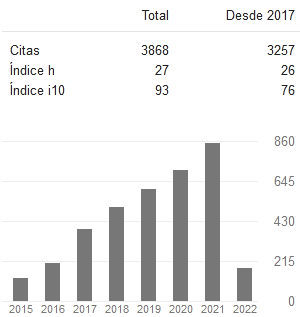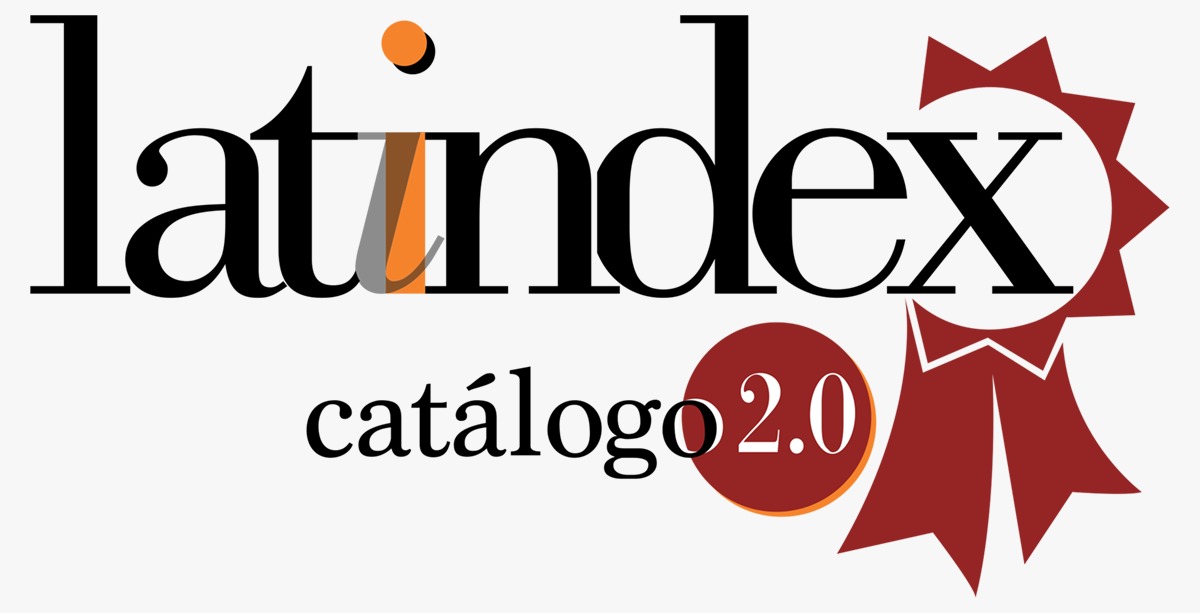USE AND APPLICATION OF COMMUNICATION AND INFORMATION TECHNOLOGIES IN THE TEACHER PERFORMANCE. THE CASE OF THE CAREER OF ACCOUNTING AND AUDITING LAIC UNIVERSITY "ELOY ALFARO" OF MANABI
Keywords:
Higher Education; Information Technology and Communication; Teacher Performance; Teaching-learning process.Abstract
Today in Ecuador, changes are present in Higher Education hoping get back their public dimension with relevant aspects of quality and, one of these manifestations is the change in the University Teacher role. An important implement that allow making a significant change within this area is the Information and Communication Technology (ICT). In this context, the purpose about this article is determine the use and application of ICT and relate this with the performance of teachers in Engineering career of Accounting and Auditing (CICA) of the Laic University “Eloy Alfaro” of Manabí (ULEAM), in an effort to provide the improvements the teaching-learning process in their classrooms. It is not about the invention of new methodologies, but about the proper use of ICTS in the career, that will open new prospects for better teaching supported in online environments whose strategies are common practices in the face teaching, but are now rediscovered and adapted in its virtual format.
References
Bausela Herreras, E. (2009). La universidad en la sociedad RED: Usos de internet en Educación superior. Revista de la educación superior, 38(151), 181-183.
Collis, B., & Moonen, J. (2006). Tecnología de la información en la educación superior: Paradigmas emergentes RUSC. Revista de la Universidad y Sociedad del Conocimiento, 2(2), 1-17. Extraído el 12 de Junio de 2014 de http://www.ouc.edu/rusc/2/2/dt/esp/collis.pdf.
Duart Montoliu, Josep María; Repáraz, Charo. “Enseñar y aprender con las TIC’S. ESE. Estudios sobre educación 2011, N° 20, p. 9-19. Extraído el 8 de Junio del 2014 de http://hdl.handle.net/10171/18342.
Gallegos, R.R. TERCERA OLA DE TRANSFORMACIÓN DE LA EDUCACIÓN SUPERIOR EN ECUADOR 2013. Págs: 20-21.
Guerrero Ramos, M. Á. (2013). Los entornos digitales de comunicación y la construcción argumentativa de valores, ideologías y políticas. Características del debate y la opinión en Internet. Sociología y tecnociencia/Sociology & Technoscience/Sociología e tecnociencia, 2(3), 1-19.
Lara, T. (2005). Blogs para educar. Usos de los blogs en una pedagogía constructivista. Telos. Cuadernos de Comunicación, Tecnología y Sociedad, pág. 65.
López Meneses, E., & Miranda Velasco, M.J. (2012). Influencia de la tecnología de la información en el rol del profesorado y en los procesos de enseñanza-aprendizaje. RIED. Revista iberoamericana de educación a distancia, 10(1).
Means, Toyama, Murphy, Bahia & Jones (2010) identified fifty independent effects that could be subject to meta-analysis. … Page 25. 21 Table 1 Means, Standard Deviations, Medians and of NTCC Exam Scores.
Njenga, J.K., & Fourie, L.C.H. (2010). The myths about e learning in higher education. British Journal of Educational Technology, 41(2), 199-212.
Postman, M., Lubin, L. M., & Oke, J. (2001). A Study of Nine High-Redshift Clusters of Galaxies. IV. Photometry and Spectra of Clusters 1324+3011 and 1604+4321. The Astronomical Journal, 122(3), 1125.
Rama, C. (2000). La Tercera Reforma de la Educación Superior en América Latina y el Caribe: masificación, regulaciones, e internacionalización. IESALC, Informe sobre la educación superior en América Latina y el Caribe, 2005, 11-18.
Rama, Claudio. (2006). La tercera reforma de la educación superior en América Latina. Buenos Aires: Fondo de cultura económica.
Ramírez, R, & Minteguiada, A. (2010). Transformaciones en la Educación Superior Ecuatoriana: Antecedentes y perspectivas futuras como consecuencias de la nueva constitución política. Educación Superior y Sociedad, 15(1), 129-154.
Robertson, H.J. (2003). Toward a theory of negativity teacher education and information and communications technology. Journal of Teacher Education, 54(4), 280-296.
Salinas, J. (2004). Innovación docente y uso de las TIC en la enseñanza universitaria. Revista universidad y sociedad del conocimiento, 1(1) ,1-16. Extraído el 15 de Abril del 2014. http://dedalyc.uaemex.mx/src/inicio/ArtPdfRed.jsp?Cve=78011256001.
Szücs, A, Tait, A, Vidal, M., & Bernath, U. (Eds.). (2013). Distance and e learning in transition: Learning innovation, technology and social challenges. John Wiley 6 Sons.
Uribe, L. F. (2009). El impacto de los edublogs y la inteligencia colectiva en los procesos educativos. Ponencia presentada en el IV Congreso de la Cibersociedad.
Downloads
Published
How to Cite
Conference Proceedings Volume
Section
License
Copyright (c) 2020 Juan Carlos Cevallos Hoppe

This work is licensed under a Creative Commons Attribution 4.0 International License.
Usted es libre de:
- Compartir — copiar y redistribuir el material en cualquier medio o formato
- Adaptar — remezclar, transformar y construir a partir del material para cualquier propósito, incluso comercialmente.
Bajo los siguientes términos:
- Atribución — Usted debe dar crédito de manera adecuada, brindar un enlace a la licencia, e indicar si se han realizado cambios. Puede hacerlo en cualquier forma razonable, pero no de forma tal que sugiera que usted o su uso tienen el apoyo de la licenciante.
- No hay restricciones adicionales — No puede aplicar términos legales ni medidas tecnológicas que restrinjan legalmente a otras a hacer cualquier uso permitido por la licencia.














































